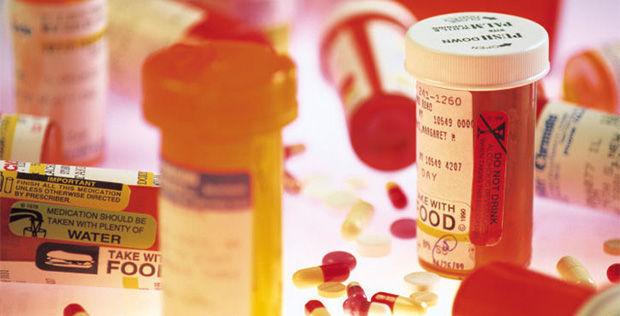
12 Jun Washington Co. sheriff disputes fatal overdose numbers as Md. sees decline | Instant
While statewide data showed improvement, Washington County saw an apparent uptick in overdose deaths in the first quarter of 2019.
But county Sheriff Doug Mullendore is disputing the Maryland Department of Health’s new statistics released Tuesday, saying that duplication in some county-level overdose reports has skewed the preliminary numbers.
“I think you’re going to find the state statistics are not going to be accurate at all,” he said. “We keep statistics from a law-enforcement perspective, and I can guarantee that our statistics are a lot more accurate than what’s being reported to the state because of duplication.”
The state’s data shows 26 fatal overdoses in the first three months this year, while Mullendore’s statistics total 18 deadly incidents among the county’s 100 recorded overdoses over that span. That compares to 19 fatal overdoses in the first quarter of 2018.
The discrepancy, Mullendore said, stems from some emergency-services providers, for example, reporting overdose information that already was being collected by law enforcement. In other instances, some calls are misreported as overdoses.
“We’re meeting (with the state) on Friday to try to correct that situation,” he said.
Across all Maryland jurisdictions, the state’s quarterly report shows a collective 15% decline in overdose deaths from a year ago, dropping from 676 to 577.
Of the total, the vast majority were opioid-related, primarily attributable to fentanyl, according to state health officials. Heroin-related deaths declined by the widest margin, 23%, while fatal overdoses involving prescription opioids dropped by 16%.
“We’ve seen a decrease in deaths during this first quarter and continue to work diligently to combat this epidemic,” Maryland Department of Health Secretary Robert R. Neall said in a news release. “Treatment and prevention options are available 24/7 for those who want it. They can dial 211 and press 1 to find assistance. Our goal is to get support to everyone who needs help as soon as possible.”
Fentanyl continues to be the deadliest substance statewide, with 474 deaths connected to the synthetic opioid in 2019’s first quarter, despite an 8% decrease over the same period last year. Fentanyl was involved in 92% of opioid-related deaths during the period.
Pending any change to Washington County’s data, 16 of Maryland’s 24 jurisdictions saw declines in opioid-related deaths, an encouraging sign for state health and Opioid Operational Command Center officials.
“But the heroin and opioid crisis in Maryland is by no means over,” OOCC Executive Director Steve Schuh said in the release. “More than 500 of our friends, family members and neighbors lost their lives to opioid-use disorder during the first quarter of 2019. That’s why we continue to work every day with our federal, state, local and community partners to save the lives of our fellow Marylanders.”
In Washington County, efforts to stem the scourge of addiction are continuing through education, outreach and alternative treatment options.
Washington Goes Purple initiatives, such as drug take-back events and education for youths, have been ongoing. The county health department hopes to open a 24-hour crisis center in July thanks to a $1.2 million grant.
Mullendore said narcotics agents made two significant busts in the past year that got a lot of fentanyl and heroin off the streets. More first responders also are carrying naloxone to help reverse the effects of a potentially fatal overdose and have started a “leave-behind” program, where they leave an extra dose of naloxone in case of another overdose.
Other successes include the county’s Day Reporting Center and the establishment of a new Adult Drug Court for nonviolent offenders with addiction issues, which started this past week, he said.
“It’s definitely working,” Mullendore said. “It’s going to be baby steps. This (epidemic) didn’t occur overnight, and we won’t get out of it overnight, but the trend is that it’s starting to decrease.”
[ad_2]
Source link



No Comments